Bird Research
Hubbard Brook: A Mecca for Migratory Songbirds

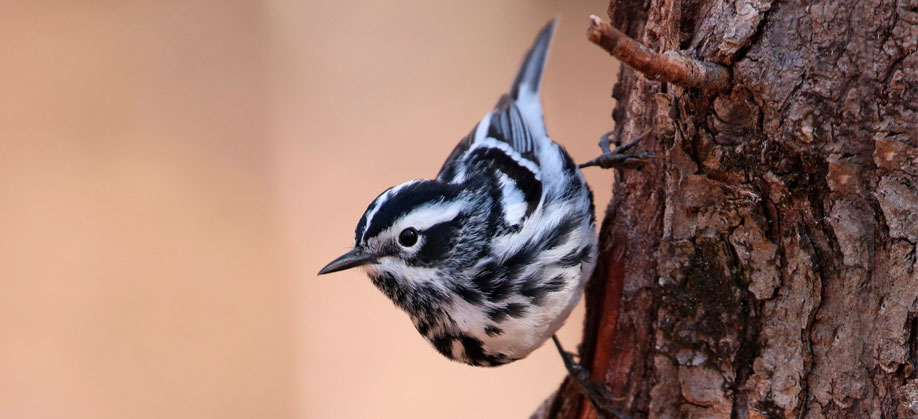
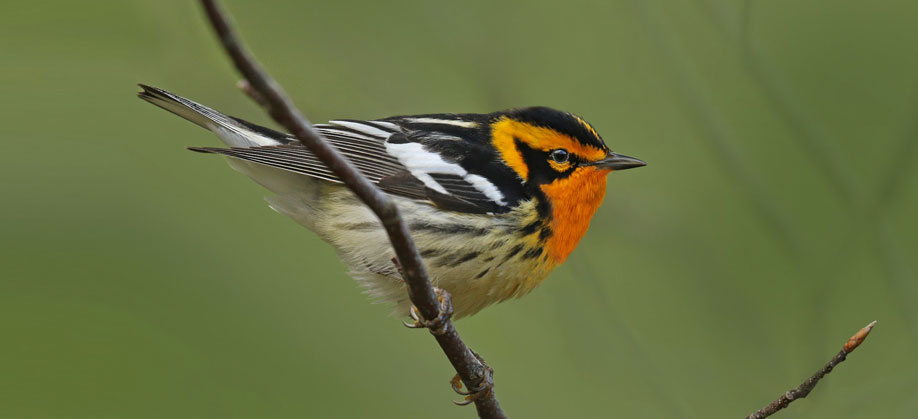
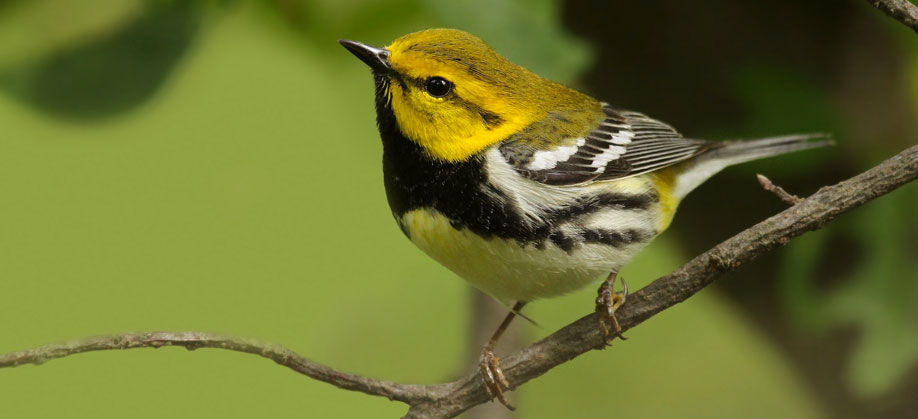
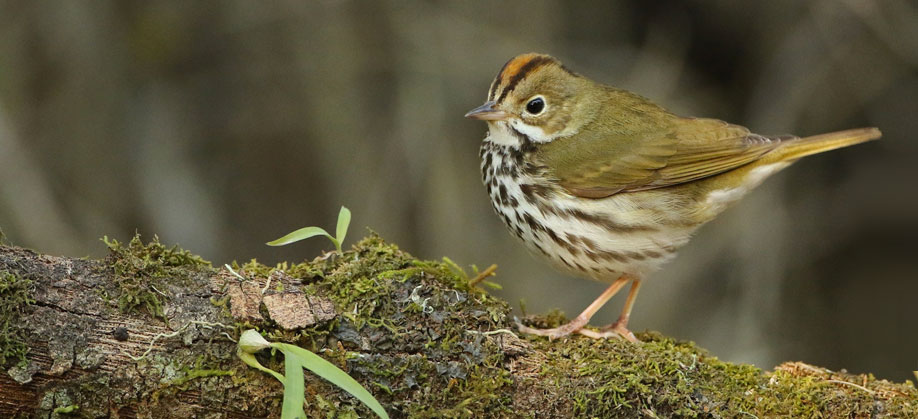
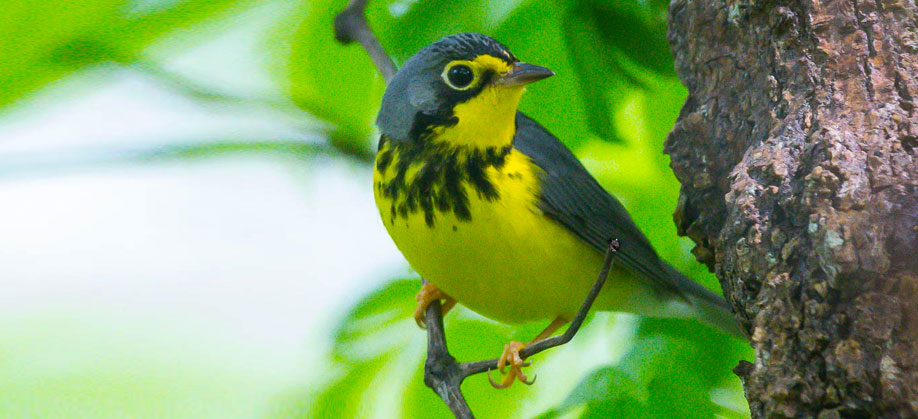
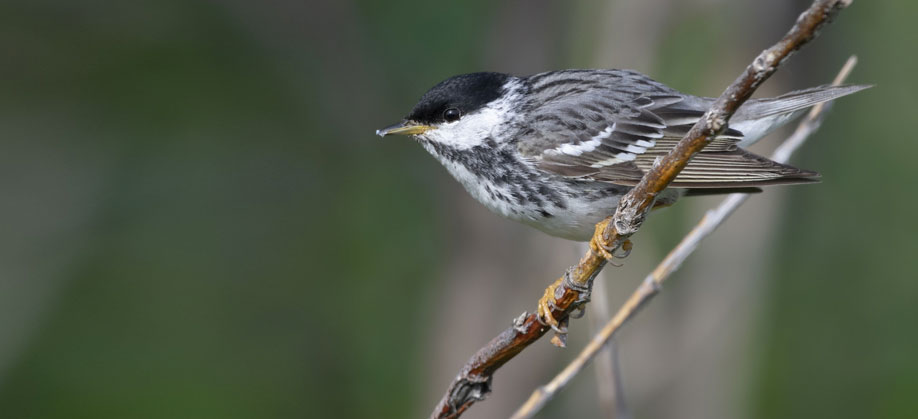
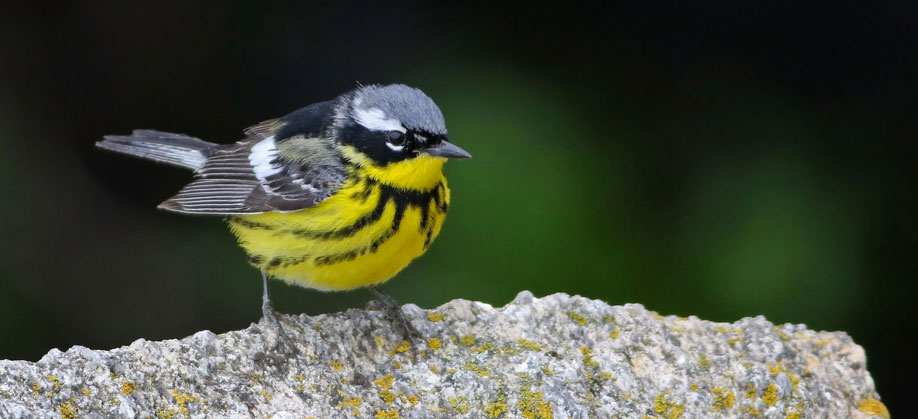
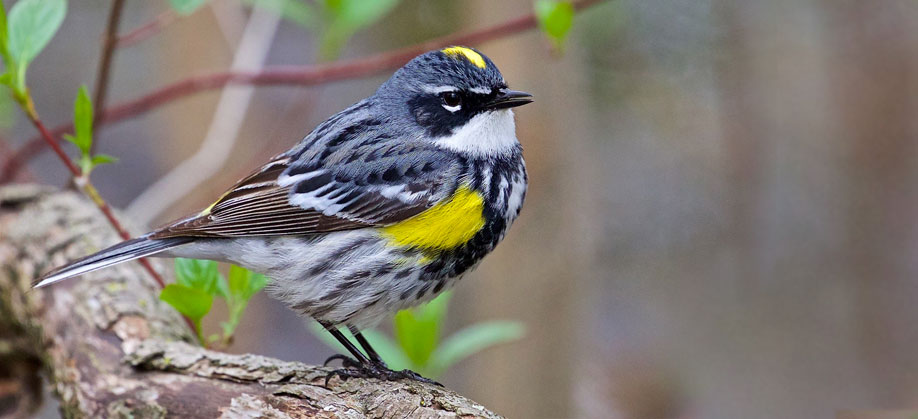
Research Focus
Our research team studies how climate change affects migratory songbirds at the Hubbard Brook Experimental Forest in New Hampshire’s White Mountains, where we have been monitoring bird populations since 1969. To identify factors that regulate bird populations requires information about how well birds reproduce each season and how well they survive from one year to the next. In 1982, we initiated an intensive population demographic study of the Black-throated Blue Warbler. We have studied this population continuously for 40+ years.
Since the Hubbard Brook Experimental Forest was established in 1955, summer temperature has increased by an unprecedented 2° Celsius resulting in earlier leaf-out, occurring 1.2 days earlier each decade, and affecting the availability of caterpillar prey for migratory songbirds. By the end of the century, summer temperatures are expected to increase by an additional 2.3°C to 4.8°C. These patterns and forecasted climate change have led our research team to focus on the behavioral responses of migratory birds to climate change and the demographic effects of those responses.
Our research team investigates the choices Black-throated Blue Warblers make in response to climate change, which could directly impact their population dynamics.










- when to arrive to the breeding grounds (timing of arrival)
- where to breed (territory selection)
- when to breed (breeding phenology)
- how much effort to invest in mating and parental care (reproductive effort)
- how many broods to raise in a season (double-brooding)
- when to molt (molt-breeding overlap)
- when to depart to the wintering grounds (timing of departure)
- whether to change breeding sites from season to season (site fidelity)
Our study site extends along a 600-m environmental gradient. We have found that individual birds breeding in a relatively warmer climate at lower elevations have less understory vegetation in which to forage, less food and greater nest predation. These birds produce fewer young and do not return to the same territories in subsequent breeding seasons. In contrast, birds breeding and foraging in cooler climates at higher elevations fared much better and regularly returned to their territories.
Our goals are to determine whether observed behavioral and demographic adjustments of individuals will be sufficient to compensate for climate-induced changes in habitat quality. We combine the power of large-scale field experiments across the environmental gradient with long-term time-series data to address our research questions.
